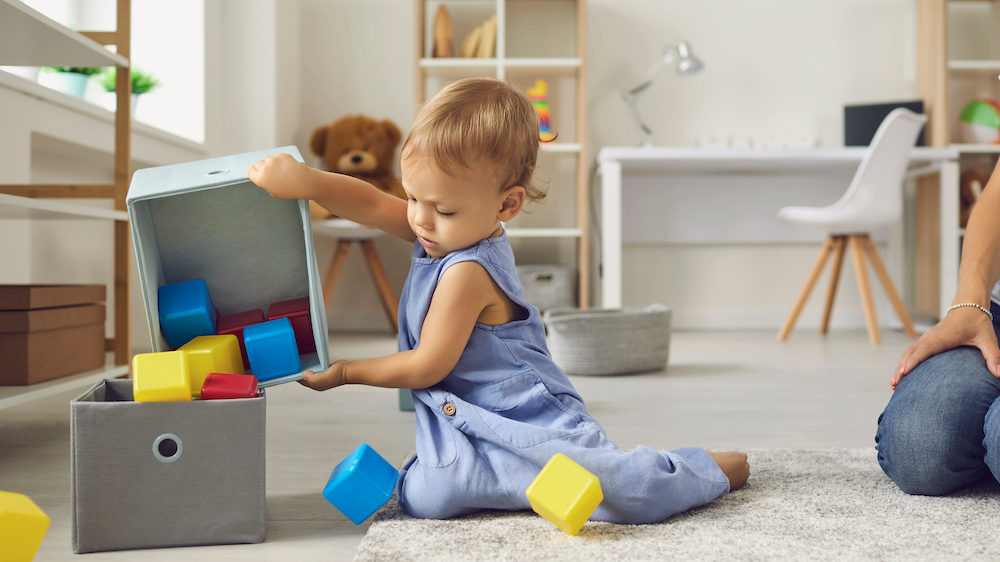Menu
-
-
Shop Holiday Items
-
Shop Gifts By Age
- Gifts For a 0-6 Month Old
- Gifts For A 6-12 Month Old
- Gifts For A One Year Old
- Gifts For A Two Year Old
- Gifts For A Three Year Old
- Gifts For A Four Year Old
- Gifts For A Five Year Old
- Gifts For A Six Year Old
- Gifts For A Seven Year Old
- Gifts For An Eight Year Old
- Gifts For A Nine Year Old
- Gifts For A Ten Year Old
-
Shop Gifts By Budget
- New Arrivals
-
Toys
- Large Active Toys
- Animal Toys
- Arts & Crafts
- Award-Winning Toys
- Bath Toys
- Birthday Wishlists
- Building Toys
- Cars, Trains, & Trucks
- Games
- Instruments
- Loose Parts Play
- Loot Bag Toys
- Made in Canada
- Outdoor Toys
- Pretend Play
- Puzzles
- Sensory And Fidget Toys
- Sensory Bin Tools & Fillers
- STEM Toys & Activities
- Toronto-Themed Gifts
- Travel Toys
- Wooden Toys
- Waiting Room Toys & Furniture
-
Montessori Materials
- Montessori At-Home Program
-
Montessori Furniture
-
Bundles & Sales
-
Books
-
Shop By Age
-
Shop By Brand
- Brands A-F
- Brands G-L
-
Brands M-R
- MagicPlaybook
- Magna Tiles
- Make Believe Ideas
- Makedo
- Manhattan Toys
- Math for Love
- Milaniwood
- MindWare
- Mojo Toys
- Moluk
- Moulin Roty
- Native Northwest
- nic
- Nienhuis
- Ooly
- Opinel
- Ostheimer
- Papoose
- Peaceable Kingdom
- Plan Toys
- Plus-Plus
- Preschool Collection Watches and Timers
- Ravensburger Puzzles
- Real Life Pages
- Brands S-Z
-
- 866-901-4696
- Gift Registry
- Login


How To Get Your Child To Tidy Up After Playing
3 min read
Tidying up can be SO hard for children.
And it's often for two main reasons:
1. They're overwhelmed - the mess is too big and they just don't know where to start.
2. It's not a part of their routines - young children thrive on routine and consistency. Children are more likely to begin tidying up after themselves when it's something you do every day or after every activity.
Easier said than done, I know!
But here's what happens in the classroom...

Cleaning Up is PART of the Activity
In Montessori, cleaning up after play is introduced at an early age and is actually part of the activity.
When an activity is first introduced to a child, the teacher stays close by so that they can guide them through the clean up process once they’re finished.
For example: If a teacher observes that a child is finishing up an activity or losing interest, they would often wait a minute or two to see what the child was doing. Maybe they’re just taking a break and are planning on coming back or maybe they simply forgot to put it away.
If the child does not come back to clean up, the teacher would approach the child, get down on their level, ask them if they were finished, reminding them that they need to put it away before starting something new.
They might also offer a choice - do you want to put your work away on your own or would you like help?
Children regularly need help with tidying when they are new to the Montessori classroom. It takes a lot of consistency on the part of the teachers to help them do this entirely independently.
At home, you can create routine and consistency by:
1. Singing a clean-up song: You can find lots of short, easy-to-learn songs. An easy option is “Clean up, clean up, everybody everywhere, clean up, clean up, everybody do your share”.
2. Turn it into a game: Take turns putting toys back into baskets, have a race to see who can clean up the toys the fastest, etc. In the early years, making tasks that aren’t very fun seem like they’re fun can be very helpful for everyone :)
3. Celebrate their effort: “Wow! You cleaned up that puzzle all by yourself! You’re taking such good care of your playroom."
4. Offer choices: If a child is resistant to cleaning up, offer choices like the one I mentioned above “Do you want to clean up your cars on your own or would you like my help?” or “Should we put the red car in the basket first or the blue car?”
As you can see with these choices, the end result is for the toys to be tidied up so consider framing choices in this way.
“A Place for Everything and Everything in Its Place”
All of the activities in a Montessori classroom are in the same place on the shelf each day.
“A place for everything and everything in its place” is a Montessori motto that appeals to a young child’s sense of order.
When a child takes an activity off the shelf, that spot remains empty until the work is returned.
And before they move on to the next phase of the day, i.e. from the work period to circle time, the class is reset - everything is put back where it came from.
It's simply part of the routine.
Patience and Practice
It takes time and practice for children to begin tidying automatically and independently.
This is something your children will likely need help and guidance for years but with enough consistency, it will eventually happen.
Join Our Montessori Community
Sign up to get weekly activities, free printables, Montessori parenting guidance, and so much more.
Plus, get $10 off your first order of $100+.
Like this article? Get new articles, weekly activities, free printables, Montessori parenting guidance, and so much more.
One mom recently shared:
"Your newsletter is always SO great. It is one of the few I open and read weekly. You provide so much value. Thank you!"

![[FREE PRINTABLE] New Winter Play Dough Mats](http://themontessoriroom.com/cdn/shop/articles/Katie_-_Blog_Post_Header_Images_1277_x_957_px_6_1600x.png?v=1765901378)
